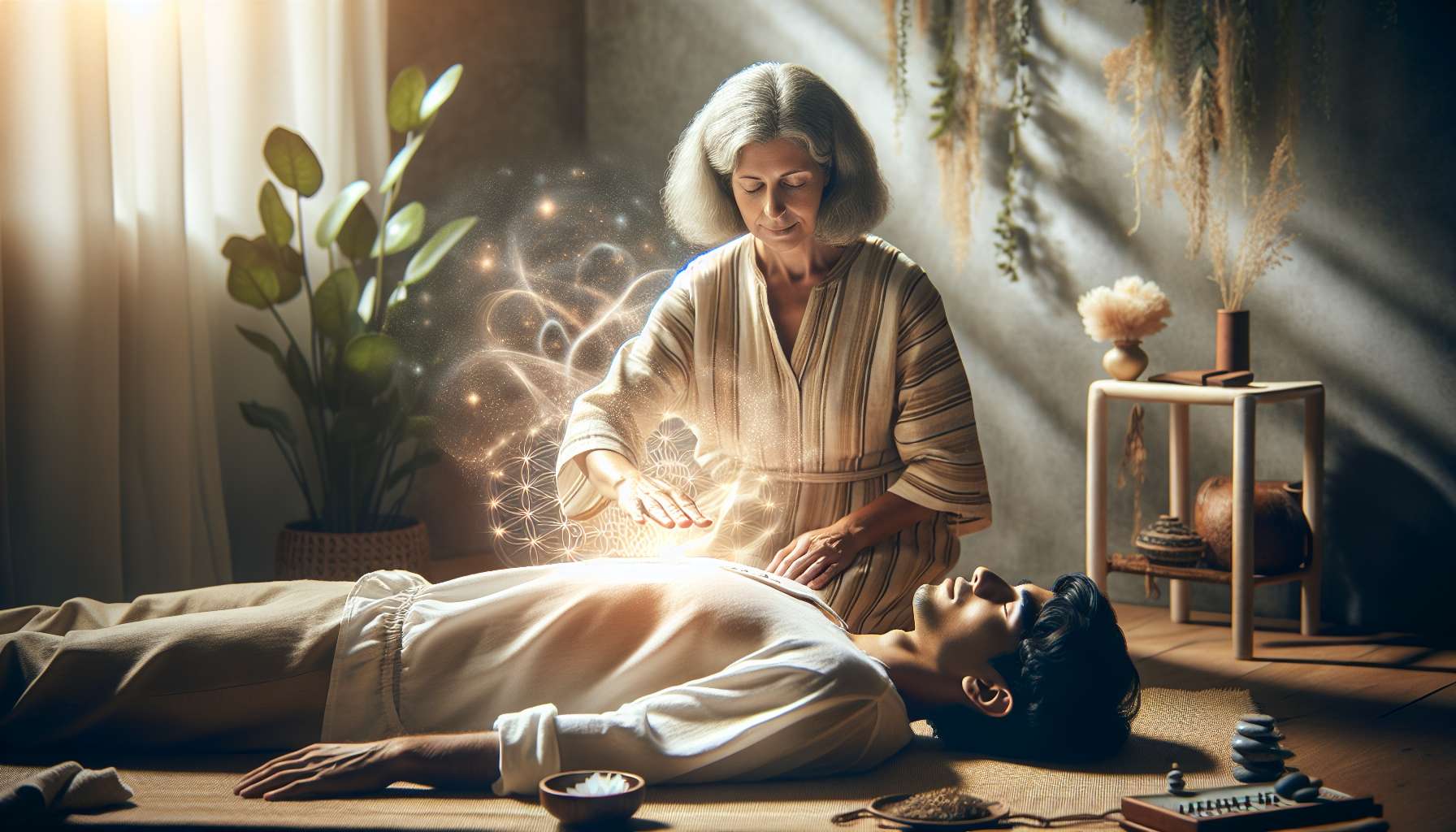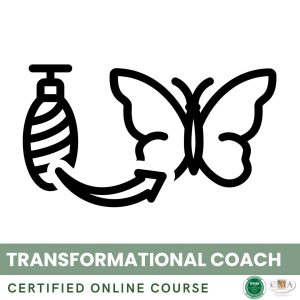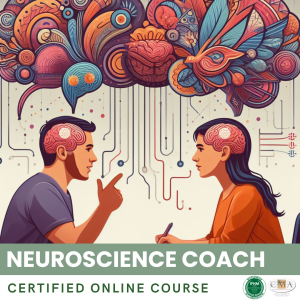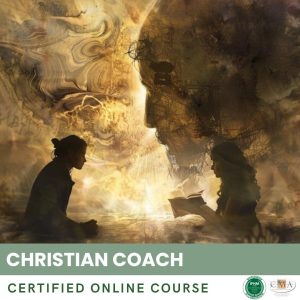Reiki is an energy healing technique of Japanese origin that literally means “universal life energy”. Developed by Mikao Usui in the early 20th century, Reiki is based on the principle that life energy circulates in the body and can be transmitted through the hands of a practitioner to promote physical, emotional, and spiritual healing.
The history of Reiki began in 1922 when Mikao Usui, a Buddhist monk, received a spiritual revelation during a meditation retreat on Mount Kurama. He gained a profound understanding of universal energy and developed a method to channel and transmit it. He later founded a clinic in Tokyo where he taught Reiki to many students, including Chujiro Hayashi, a physician who standardized the practice.
The fundamental principles of Reiki are simple but powerful. The practitioner acts as a channel for universal energy, which he transmits to the receiver by laying on hands. This energy is intelligent and goes naturally where the body needs it, without requiring diagnosis. Reiki does not interfere with medical treatments and can be used in conjunction with them. It has no side effects and cannot do harm, as it merely amplifies the body’s natural ability to heal itself.
To become a Reiki practitioner, it is necessary to receive initiations or “harmonizations” from a Reiki master. There are traditionally three levels of initiation:
1. The first degree that opens energy channels and allows practice on oneself and others.
2. The second degree which teaches the use of sacred symbols to amplify energy and practice remotely.
3. The master level which allows teaching and initiating others.
During a Reiki session, the practitioner lays his hands on or above the recipient’s body, following specific positions that correspond to the main energy centers (chakras) and organs. Basic positions include the head, chest, abdomen, and back, but can be adapted according to needs. Each position is held for a few minutes, allowing the energy to circulate. A session typically lasts between 60 and 90 minutes and provides deep relaxation.
Hawayo Takata, Hayashi’s first female Reiki practitioner, played a key role in spreading Reiki in the West. Healed from a serious illness through Reiki, she devoted her life to teaching this practice, training 22 masters who, in turn, transmitted the tradition. Today, Reiki is practiced worldwide, and many variants have emerged, but the basic principles remain the same: simplicity, respect, and compassion.
As a Spiritual Healing Coach, Reiki is a valuable tool to support healing processes at all levels. By integrating it into your practice, you can offer your clients gentle, caring energy support, promoting letting go, harmonization, and returning to natural balance. Reiki also combines very well with other approaches such as Healing Touch or Quantum Touch, allowing for synergy in energy care.
Key points to remember:
– Reiki is a Japanese energy healing technique developed by Mikao Usui in 1922.
– It is based on the principle of transmitting universal life energy by laying hands.
– The practitioner acts as a channel for the energy that naturally goes where the body needs it.
– Reiki doesn’t interfere with medical treatments and has no side effects.
– There are three levels of initiation: the first degree, the second degree (use of sacred symbols), and master.
– During a session, the practitioner places his hands on specific positions corresponding to chakras and organs.
– Hawayo Takata played a key role in the spreading of Reiki in the West.
– Reiki is a valuable tool for Spiritual Healing Coaches, promoting letting go and harmonization.
– It combines well with other approaches such as Healing Touch or Quantum Touch.
👉 To download docx (Editable) file click here : Click here
👉 To download PDF file click here : Click here
👉 To download MP3 file click here : Click here







